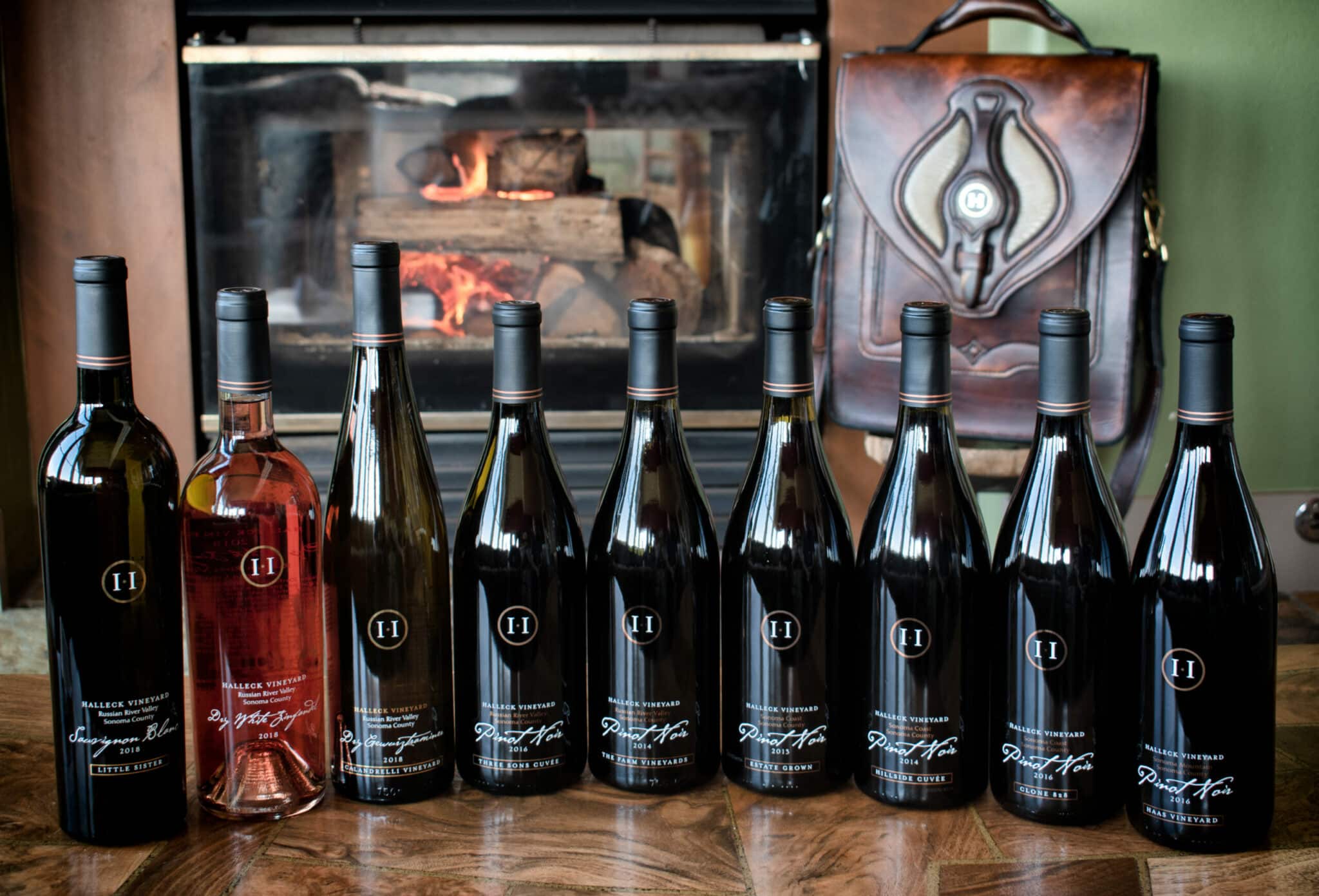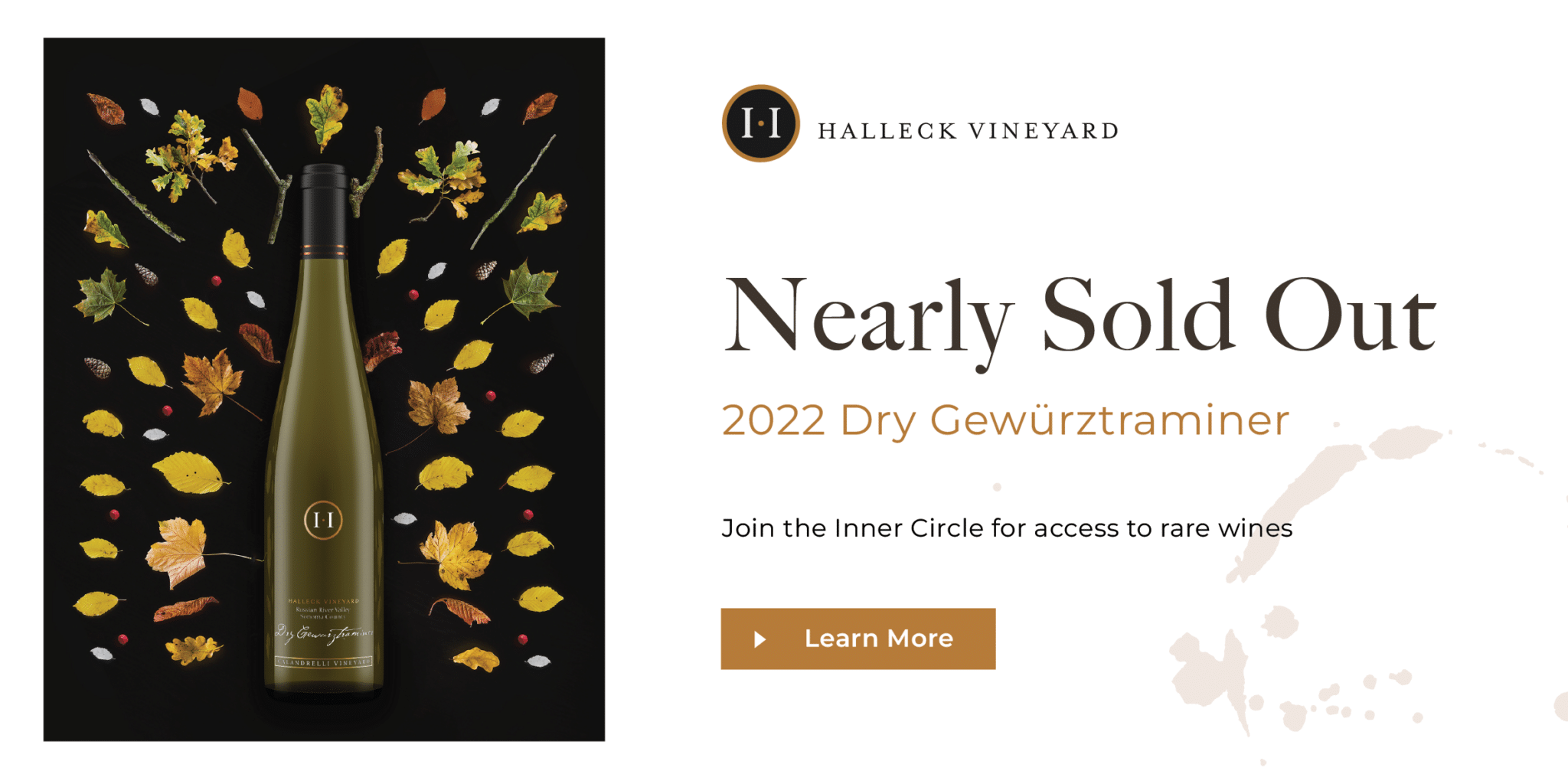Wineries Offering Virtual Wine Tastings - Wine Tasting At Sonoma Vineyards
Wineries Offering Virtual Wine Tastings - Wine Tasting At Sonoma Vineyards
Blog Article
Wineries Known For Sustainable Practices In Sonoma - Vineyard Visits And Wine Tasting In Sonoma
Wine tasting is an art that requires practice and an understanding of various elements concerned within the course of. One essential element of wine tasting is the event and interpretation of tasting notes, which function a guide for each novices and seasoned connoisseurs. A Guide To Understanding Winery Wine Tasting Notes can improve your wine-tasting experience, making it extra significant and gratifying.

Tasting notes are concise descriptions that capture the essence of a wine’s flavors, aromas, and total character. Usually composed by professional tasters, winery tasting notes supply insights into the nuances of assorted wines. They can help wine enthusiasts understand what to anticipate from a specific bottle. Nonetheless, tasting notes can range widely in style and element primarily based on the writer's experience and palate.
Wineries Promoting Wine Club Memberships - Vineyard Experiences In Sonoma
When you first method a glass of wine, your senses will start to have interaction immediately. The sight, smell, and style of the wine will converge to give you a whole experience. Tasting notes usually begin with the visible assessment, the place the color of the wine is taken into consideration. Colour performs a big function in indicating the wine’s age, grape variety, and even its flavor profile.
After assessing the visible facet, the following step includes swirling the wine in the glass. This motion aerates the wine, allowing its aromas to awaken. Smelling the wine offers critical perception into its complexity. The initial sniff can deliver a flood of scents that may embrace fruity, floral, natural, or earthy notes. This is usually essentially the most subjective part of tasting, as particular person experiences can dramatically differ.
In winery tasting notes, descriptors are often categorized into main, secondary, and tertiary aromas. Major aromas usually stem from the grape selection, secondary aromas derive from fermentation processes, and tertiary aromas come up from growing older. Understanding these classes may help you respect the depth of a wine, and so they also provide the vocabulary to specific your experience better.
Vintage Wine Tasting Experiences In Sebastopol - Sebastopol Vineyard Visits
Following the olfactory encounter, your focus will shift to the taste of the wine. This is the place the primary characteristics—sweetness, acidity, tannins, alcohol—come into play. Tasting notes usually detail these flavors in multiple dimensions, including the preliminary assault in your palate to the lingering end in your tongue. A high-quality wine will present a harmonious stability between these components.
Whereas tasting, it is essential to ponder the physique of the wine, which could be described as light, medium, or full. The physique contributes considerably to your general impression, helping you contemplate how the wine pairs with food or whether or not it stands alone as a sipping wine. Balancing the body with the other traits will give you a fuller understanding of what the wine has to supply.
The finish of the wine, also referred to as the aftertaste, is one other crucial side usually included in tasting notes. A long, nice finish often indicates the next high quality wine, whereas a short or cloying aftertaste might recommend in any other case. Evaluating the end can provide additional insight into the wine's complexity and distinction.
Understanding the context of winery tasting notes can be priceless. Tasting notes can provide contextual information about the vineyard's location, climate, and grape-growing practices. This context provides one other layer of appreciation for the wine, allowing enthusiasts to connect the sensory experience with its origins, thus enhancing the enjoyment additional.
Wineries Focusing On Single Vineyard Wines - Sonoma's Finest Wineries
Many wineries present tasting notes on their web sites or labels, typically written in an approachable yet informative style. Nonetheless, not all winery tasting notes are created equal. Some may be overly technical, whereas others might prioritize advertising flair over insightful evaluation. Learning to navigate these notes can arm you with the knowledge wineries with live music events occasionally to make informed choices when selecting wines.
Participating in tastings at wineries also can deepen your understanding of wine tasting notes. Interacting with educated staff can provide you a more hands-on approach to exploring totally different wines and the language used to describe them. Spectacular Vineyard Views In Sonoma. You'll have the opportunity to ask questions, have interaction in discussions, and probably refine your palate in real time.
Experimentation is essential for mastering wine tasting notes. As you sample completely different wines, strive making your personal notes. Focus on describing the wine’s colour, aroma, taste, and end. Over time, you’ll develop a personal vocabulary that resonates with your sensory experiences. Every note you create will assist refine your palate, allowing you to understand wines at a deeper degree.
Wineries That Offer Barrel Tastings - Discovering Sonoma Area Wineries
In conclusion, a Guide To Understanding Winery Wine Tasting Notes offers a comprehensive framework for diving into the world of wines. It equips you with the strategies and language necessary to articulate your experiences. Whether you are a casual drinker or a dedicated aficionado, understanding and utilizing tasting notes can profoundly impact your wine journey. This knowledge not only enhances your enjoyment but also connects you deeply with the rich narratives every bottle tells. By embracing this journey, you become a part of the attractive mosaic of wine tradition, the place each sip unveils a model new story ready to be found.
- Wine tasting notes sometimes encompass a wide range of sensory descriptions, including aroma, flavor, acidity, physique, and end, permitting tasters to completely respect the wine's characteristics.
- To enhance your understanding, familiarize your self with frequent wine terminology corresponding to "tannins," "oakiness," or "terroir," which may help decipher the notes more successfully.
- A systematic approach to tasting entails first visually assessing the wine's colour and clarity, followed by swirling to launch aromas, then inhaling and describing what you experience.
- Taking notes throughout tasting may help establish patterns over time, bettering your palate and making it easier to recall preferences for future choices.
- Do Not overlook the affect of food pairings; tasting notes can differ greatly when a wine is loved with complementary flavors, altering perception and pleasure.
- Pay attention to the wine’s vintage, as weather conditions in a given 12 months can significantly have an effect on the ultimate product, adding another layer to the tasting notes.
- Consider the winemaker's style and philosophy, which might form the wine's profile and influence how its notes evolve with each sip.
- Practicing with different grape varieties can broaden your vocabulary; every sort brings unique traits that can improve your capacity to articulate tasting notes effectively.
- Participating with wine professionals or attending tasting events can present priceless insights, providing a richer context for understanding personal tasting notes.
- Remember that tasting is subjective; particular person preferences and experiences will shape one’s interpretation of the same wine, enriching the overall enjoyment of wine exploration.
What are wine tasting notes?
Wine tasting notes are descriptive feedback made by tasters concerning the look, aroma, taste, and finish of a wine. They present an overview of the wine's characteristics and can help customers perceive the style and quality of the wine.
Wineries Promoting Sustainable Farming - Craft Wineries In Sonoma
Why are tasting notes important when deciding on wine?
Tasting notes can guide you in choosing a wine that suits your palate. They present insights into flavors and aromas, helping you to match wines with food or occasions. Understanding these notes enhances your overall wine experience.
How should I read wine tasting notes?
(Wineries With Picnic Areas)
Wine Tasting Trails In Sonoma Valley - Sebastopol Area Wineries Offering Wine
When reading wine tasting notes, take note of read the article the construction: look for descriptions of color, aroma, flavor, and finish. This will help you grasp the wine's profile and decide if it aligns together with your preferences.
What terms generally appear in wine tasting notes?
Frequent phrases embrace "tannin" (the structure), "acidity" (the crispness), "physique" (the weight), and numerous flavor descriptors like "fruity," "earthy," or "spicy." Familiarizing yourself with these terms can deepen your understanding of wine.
Wineries Renowned For Cabernet Sauvignon In Sonoma - Local Wineries In Sebastopol

Can I create my own tasting notes?
Yes! Writing your individual tasting notes can enhance your wine tasting experience. Focus in your observations of taste, aroma, and different sensory characteristics. This personal practice can help you refine your palate over time.
How do I establish the aromas in wine tasting notes?
Wineries Pairing Wine With Chocolate - Discovering Sebastopol's Wineries
To establish aromas, practice smelling a selection of scents and associating them with wines. Swirl the wine in your glass to release its aromas, then take a second to breathe in deeply before figuring out any distinguished scents.

What is the difference between professional and personal wine tasting notes?
Professional tasting notes might use extra technical language and particular terminology, while personal tasting notes are subjective and reflect individual experiences. Both are valuable for understanding and enjoying wine, but personal notes could resonate more together with your distinctive tastes.
How can tasting notes enhance my wine appreciation?
Wineries Renowned For Cabernet Sauvignon In Sonoma - Sonoma Wine Region Vineyards
Tasting notes can enhance your appreciation by serving to you to grasp and articulate the complexities of wine. They encourage conscious tasting and provide a framework for comparing totally different wines, leading to a richer enjoyment of the beverage.
Are there any apps or instruments to help with wine tasting notes?
Yes, there are several apps designed to help customers record and organize their tasting notes. These instruments often offer options like flavor wheel guides and wine database searches, making it simpler to trace your journey by way of different wines. Report this page